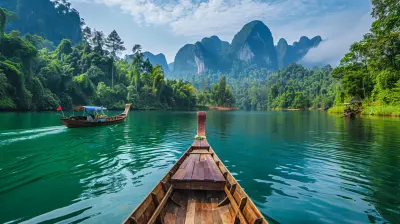The Architectural Wonder of India's Hawa Mahal
25 September 2025
India is home to some of the most stunning architectural marvels in the world, and among them stands the magnificent Hawa Mahal. Nestled in the heart of Jaipur, Rajasthan, this iconic pink sandstone structure is a true testament to the grandeur of Rajputana architecture. But have you ever wondered why this palace looks like a honeycomb? Or why it's called the "Palace of Winds"? Let’s take a deep dive into the fascinating story behind Hawa Mahal. 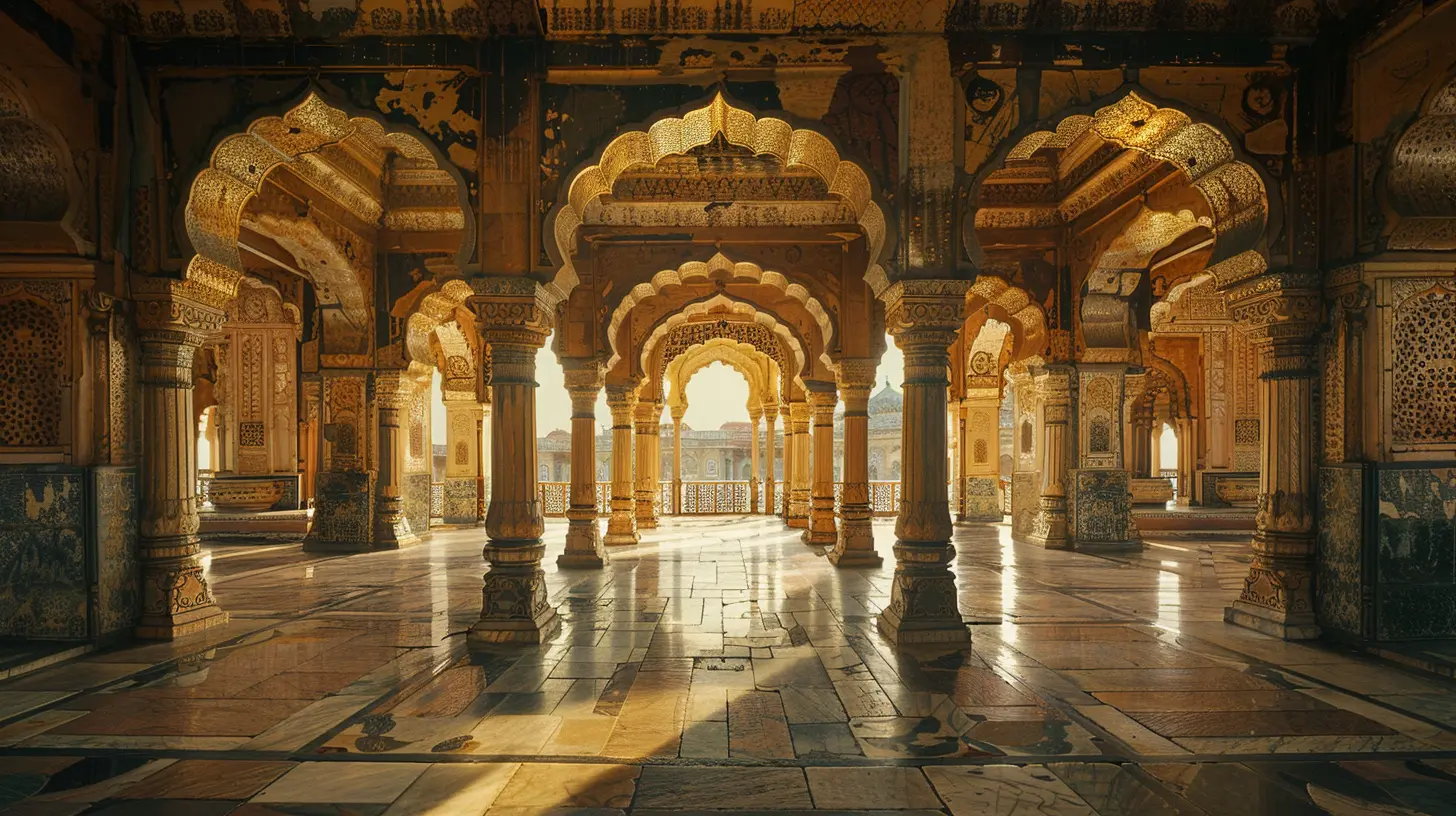
A Glimpse Into the History of Hawa Mahal
Built in 1799 by Maharaja Sawai Pratap Singh, Hawa Mahal was designed by the legendary architect Lal Chand Ustad. Inspired by the Khetri Mahal of Jhunjhunu, the palace was constructed as an extension to the City Palace of Jaipur.But here’s something truly intriguing—Hawa Mahal wasn’t built as a traditional palace meant for royal residence. Instead, it was designed to allow the royal women of the Rajputana era to observe everyday street life without being seen by the public, in line with the strict purdah system of that time. Fascinating, isn’t it? 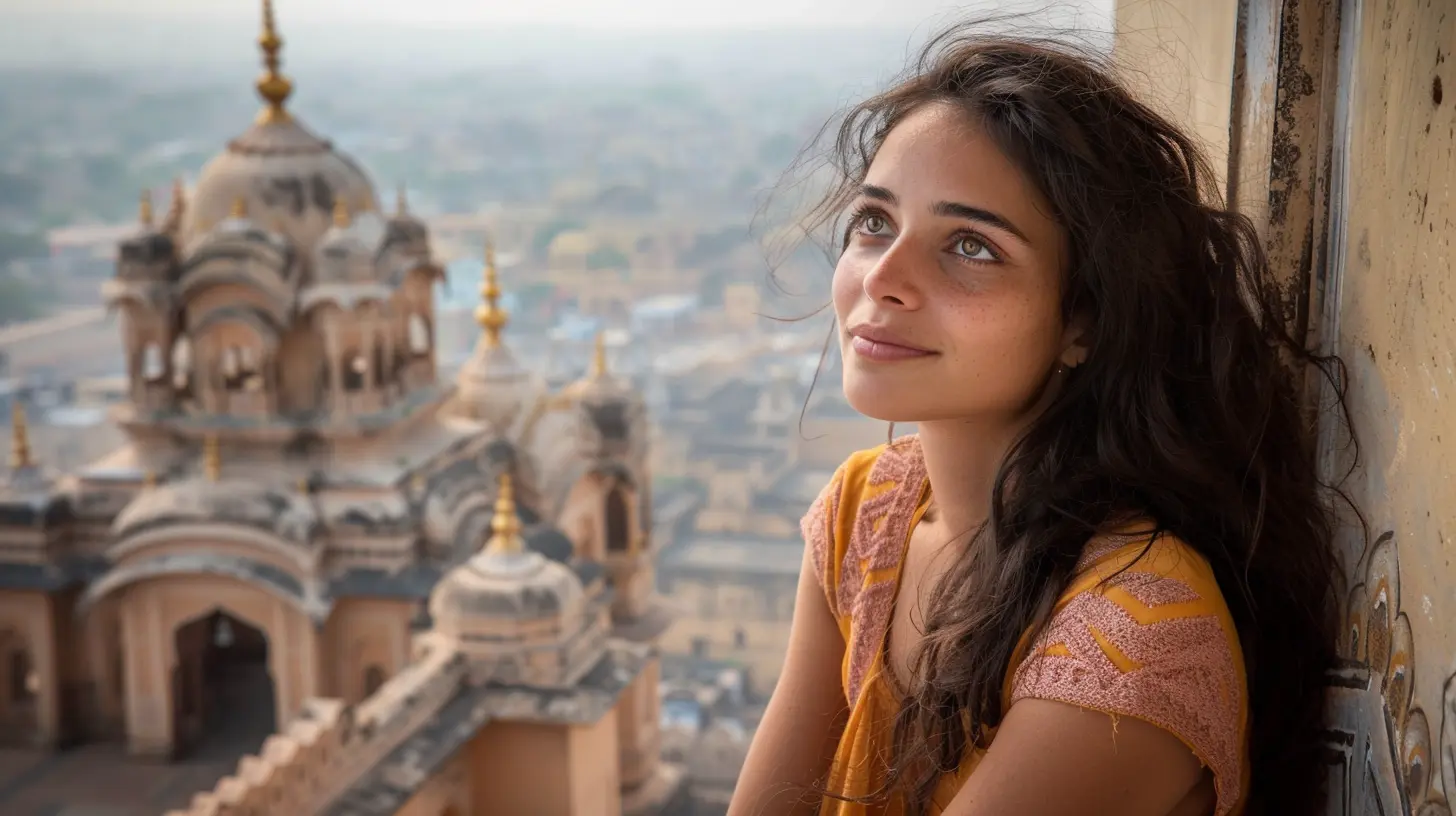
The Unique Architecture of Hawa Mahal
1. A Honeycomb-Like Facade
One of the most striking features of Hawa Mahal is its elaborate facade, which resembles a giant honeycomb. With 953 intricately designed windows (also known as jharokhas), the structure looks like a delicate piece of art carved out of pink sandstone.These tiny lattice windows not only make the palace visually stunning but also serve a practical purpose—keeping the interiors cool even during scorching Rajasthan summers. Talk about ancient air-conditioning systems!
2. The Influence of Rajput and Mughal Architecture
Hawa Mahal is a fascinating blend of Rajput and Mughal architectural styles. The chhatris (domes), arches, and floral patterns reflect the grandeur of Rajput design, while the intricate filigree work and stone inlays give it a distinct Mughal touch.Unlike most grand palaces, Hawa Mahal doesn’t have a front entrance! Visitors enter from the side of the City Palace, which only adds to the palace’s mystery.
3. Five Stories Without a Foundation?
Now, here’s something mind-blowing—Hawa Mahal is a five-story structure with no solid foundation! It stands tall solely because of its curved design, making it one of the lightest yet strongest structures of its time. This delicate yet sturdy construction is what gives the palace its unique charm.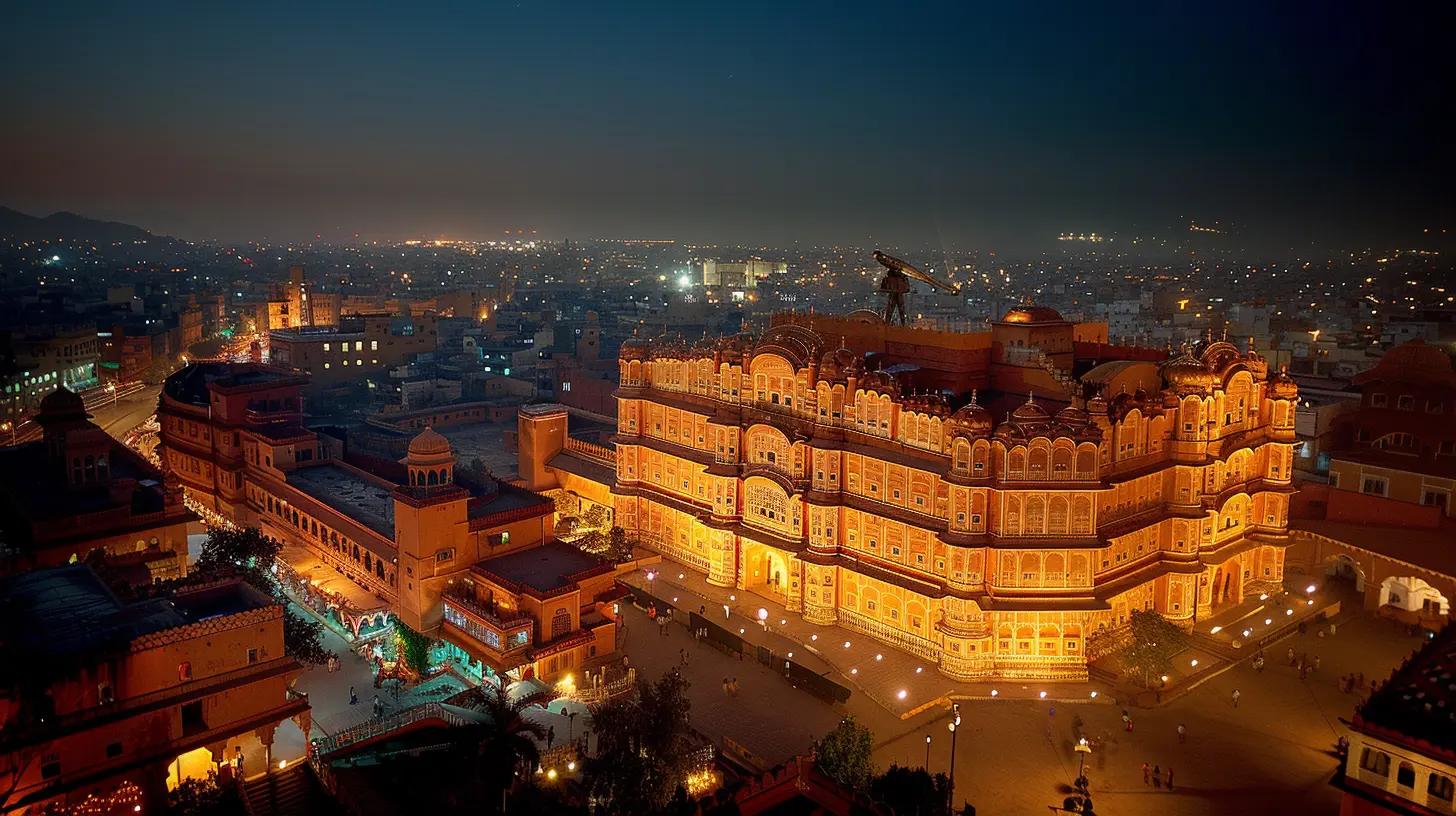
The Scientific Genius Behind Hawa Mahal
While Hawa Mahal looks like a work of art, its design follows some fascinating scientific principles.1. Natural Cooling System
Remember those 953 small windows? They create a Venturi effect, which means that even the slightest breeze enters and circulates through the palace, keeping the interiors pleasantly cool. No need for air conditioners!2. Earthquake Resistance
Despite being over two centuries old, Hawa Mahal has stood strong against earthquakes and harsh weather conditions. Its sloped structure and pyramid-like formation help in evenly distributing weight, making it remarkably earthquake-resistant.3. A Symbol of Sustainability
Long before the world became obsessed with sustainable architecture, the Maharajas of Jaipur were already thinking ahead! The lattice windows reduce heat and glare, while the thin walls and open courtyards enhance air circulation. That’s sustainable living, 18th-century style.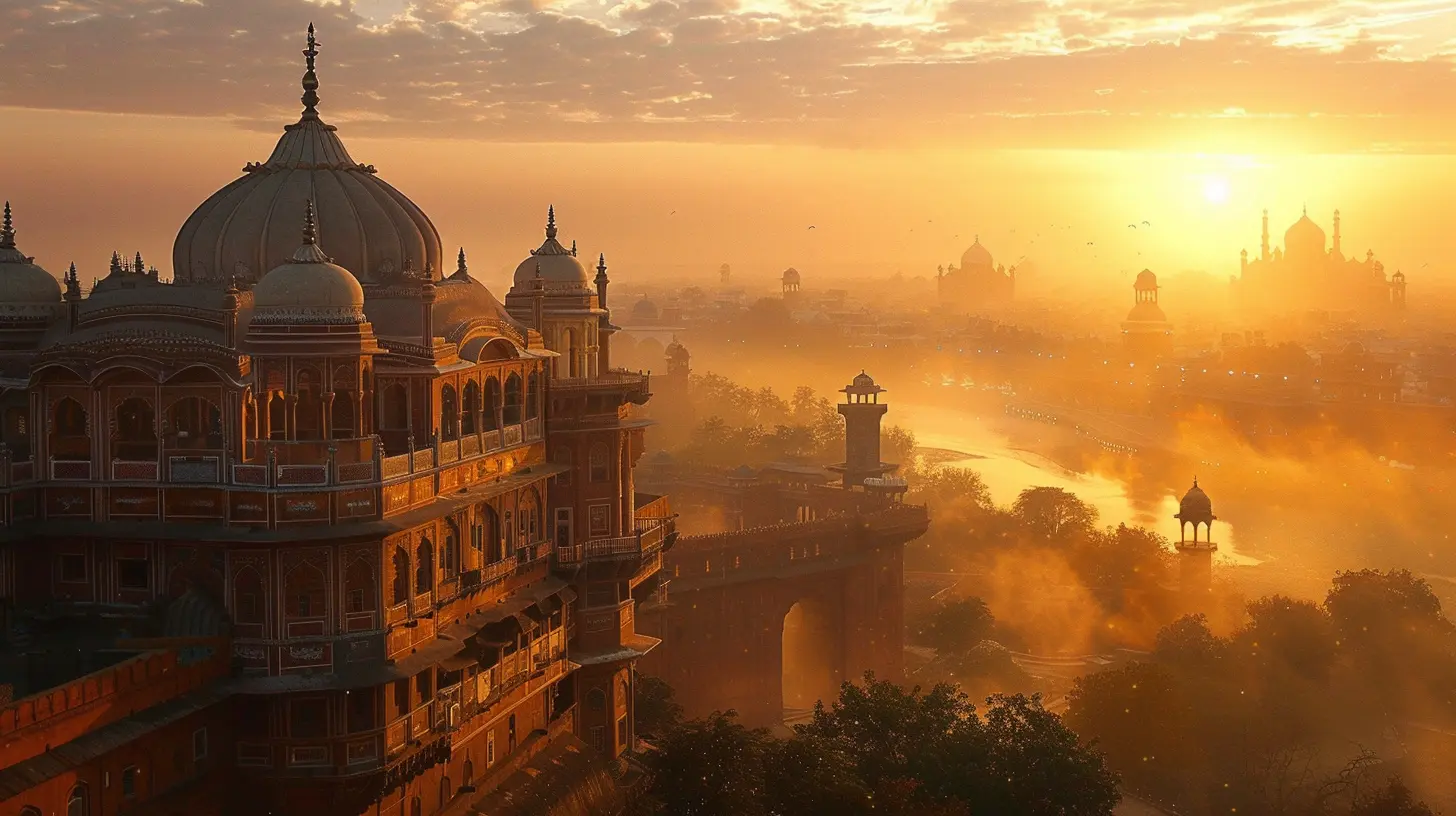
The Cultural Significance of Hawa Mahal
Beyond its architectural beauty, Hawa Mahal holds a deep cultural significance in Rajasthan’s history.1. A Symbol of Jaipur’s Identity
Ask anyone about Jaipur, and the first image that comes to mind is the exquisite facade of Hawa Mahal. It's not just a tourist attraction—it’s a symbol of Jaipur’s rich royal heritage.2. A Reflection of Women's Empowerment
While the purdah system was restrictive, Hawa Mahal gave Rajput royal women a sense of freedom. They could witness processions, festivals, and everyday life without breaking social norms. It was, in a way, a subtle step toward women's empowerment in the royal court.3. A Living Museum of Rajput History
Visiting Hawa Mahal today feels like stepping back in time. The palace houses an archaeological museum, where you can find artifacts, paintings, and remnants of the royal era—a true delight for history buffs!Best Time to Visit Hawa Mahal
If you're planning a trip to Jaipur, you might be wondering, "When is the best time to visit Hawa Mahal?"1. Ideal Season
The best months to visit are October to March when Jaipur enjoys pleasant weather. Summers can be extremely hot, with temperatures soaring above 40°C (104°F)!2. Best Time of the Day
Want to capture the perfect Instagram-worthy shot? Visit early in the morning when the rising sun bathes the pink sandstone facade in golden light. It’s a sight straight out of a fairytale!Interesting Facts About Hawa Mahal
Before you wrap up your list of must-visit places in Jaipur, here are some lesser-known facts that will make you appreciate Hawa Mahal even more:- No Front Entrance: You have to enter from the City Palace’s side gate!
- Rajput Crown Inspiration: The design of Hawa Mahal is shaped like Krishna’s crown to honor the devotion of Maharaja Pratap Singh.
- No Stairs: The palace uses ramps instead of stairs to allow easy movement.
- Film and Photography: Several Bollywood movies and documentaries have featured Hawa Mahal due to its stunning aesthetics.
How to Reach Hawa Mahal
Hawa Mahal is located in the bustling Pink City of Jaipur, making it easily accessible by various modes of transport.By Air
The Jaipur International Airport is about 13 km away, and you can take a cab or an auto-rickshaw to reach Hawa Mahal.By Train
The nearest railway station is Jaipur Junction, located just 5 km from Hawa Mahal. From there, you can hire a tuk-tuk or a local taxi.By Road
Jaipur is well-connected by road, and you can take a bus, cab, or even rent a bike to explore the city at your own pace.Final Thoughts
Hawa Mahal isn’t just a palace—it’s a piece of history frozen in time. Whether you're an architecture enthusiast, a history lover, or just someone who enjoys mesmerizing views, this architectural wonder will leave you enchanted.So, the next time you find yourself wandering through the streets of Jaipur, don’t forget to stop by Hawa Mahal! Who knows? You might just feel the whispers of history flowing through its 953 windows.
all images in this post were generated using AI tools
Category:
Must See LandmarksAuthor:

Tracie McAdams
Discussion
rate this article
1 comments
Asher McCray
Seeing Hawa Mahal is like stepping into a giant honeycomb! With its over 900 tiny windows, it’s like the ultimate peek-a-boo palace. Who knew architecture could be so playful? Just don’t forget your sunglasses; those pink walls shine like disco balls!
September 28, 2025 at 3:48 AM

Tracie McAdams
Thank you for your delightful comment! Hawa Mahal truly is a playful architectural marvel, and those shimmering pink walls are mesmerizing in the sunlight!


